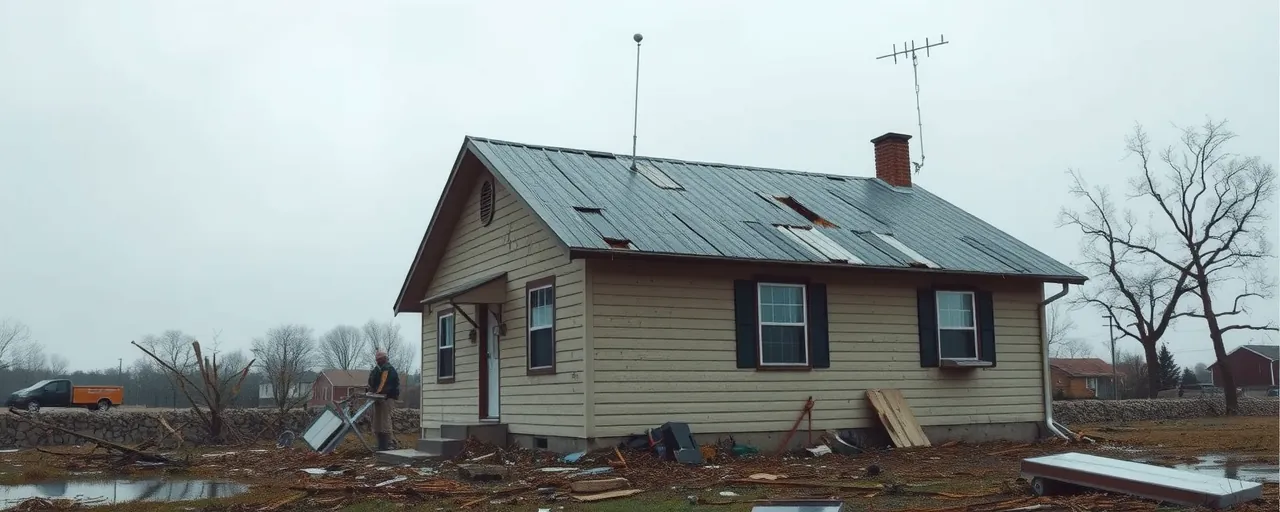A Push to Rethink Disaster Relief
Disasters hit hard, and help needs to arrive fast. North Carolina Governor Josh Stein knows this from his state’s ordeal with Hurricane Helene in 2024. In a letter to the President’s FEMA Review Council, he laid out clear ideas to overhaul the Federal Emergency Management Agency (FEMA). His goal is straightforward: make aid quicker, less complicated, and more effective for people reeling from storms or floods.
The timing feels urgent. Climate change is fueling fiercer hurricanes and floods, with 2024 clocking in as the hottest year ever at 1.5°C above pre-industrial levels. Last year, the U.S. saw over 20 disasters costing $92 billion. FEMA’s current system, slowed by layers of rules, often leaves communities waiting. Stein’s proposals aim to cut through that delay with practical changes.
Speeding Up the Money Flow
Stein wants FEMA to deliver funds faster. Right now, local governments often wait months for aid, forced to cover costs upfront. His fix is to use block grants, where states submit plans before disasters strike. This keeps funds accountable but lets them reach communities quickly. He also suggests moving away from reimbursements, giving local governments direct payments to ease financial strain.
Another proposal focuses on lasting repairs. FEMA currently funds only temporary fixes, leaving communities to find money for permanent solutions. Stein argues that funding stronger repairs from the start saves cash and builds tougher infrastructure. A U.S. Chamber of Commerce study supports this, showing every dollar spent on preparedness saves $13 in damages and recovery costs.
Easing the Burden on Survivors
Applying for disaster aid can overwhelm survivors. Stein proposes one unified application shared across federal agencies. This would simplify the process, reduce confusion, and speed up help. Research highlights that low-income families and communities of color often wait longer for aid or get denied. A single, clear application could help ensure fairer access to relief.
Stein also calls for protecting at-risk communities. He pressed the FEMA Review Council to revive programs like Building Resilient Infrastructure and Communities (BRIC), which funded preparedness but was recently cut. Advocates for fair recovery say these efforts are vital to help underserved areas rebuild stronger and safer.
Who Should Lead the Charge?
Stein’s ideas touch on a bigger question: who handles disasters best? Some policymakers push for states and local governments to take the lead, pointing out they already pay two-thirds of infrastructure costs through bonds and debt. A new executive order backs this, favoring block grants and state-led plans. Yet critics argue many local governments lack the expertise or resources to manage without federal guidance.
Others defend FEMA’s central role, citing its ability to coordinate across agencies and prioritize fairness. Federal audits show that aid spread across 30 agencies causes delays and uneven results. Stein’s push for unified applications and faster funds echoes the Government Accountability Office, which flagged disaster aid as high-risk due to inefficiencies and backlogs.
A Roadmap for Resilience
Turning Stein’s ideas into reality won’t be easy. Changing FEMA means tackling dense regulations and competing political views. Some lawmakers want to shrink FEMA’s role to save money, while others demand more federal funds to keep up with rising disaster costs. Bridging these divides requires careful negotiation, but the need for action grows as storms worsen.
Stein’s plan offers a clear path forward, focusing on faster funds, simpler processes, and stronger rebuilding. These changes could lighten the load for survivors and towns hit by disaster. For places like western North Carolina, still piecing things together after Helene, quicker, fairer aid would mean a stronger recovery.
The FEMA Review Council now faces a pivotal moment. Stein’s reforms balance efficiency with fairness, aiming to prepare communities for the next storm. With climate-driven disasters on the rise, getting this right could save lives, money, and hope for countless Americans.
